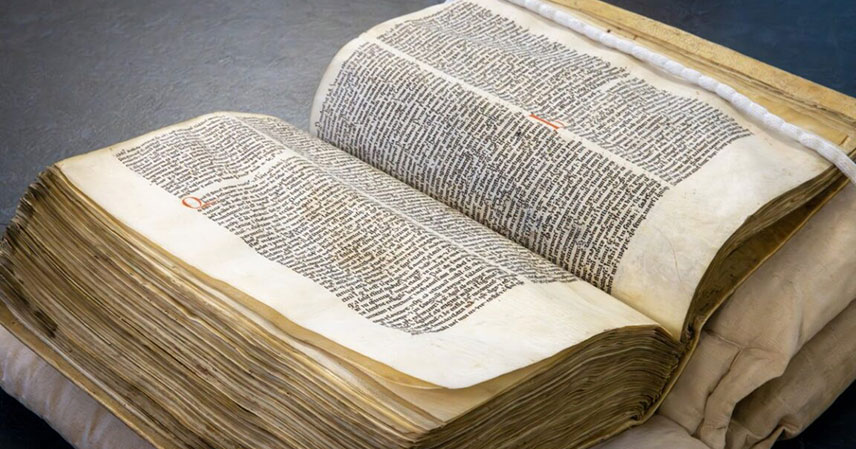The Enduring Mystery of Wade 🧐
For centuries, the figure of Wade, a Germanic mythological character, has captivated scholars and fueled speculation. His story, largely lost to time, exists primarily through fleeting references in medieval texts. Most notably, Geoffrey Chaucer, the celebrated poet, twice alluded to a “tale of Wade,” igniting centuries of debate about the nature of this elusive work.
## A Radical Reinterpretation 📜
Two Cambridge University scholars have recently challenged the conventional understanding of these fragmented references, proposing a radical reinterpretation of Wade’s story. Their research, published in the Review of English Studies, suggests that the existing translations have fundamentally misrepresented the lost text for over 130 years.
They argue for a reading that positions Wade’s tale not as a monster-filled epic, but rather as a chivalric romance. This fresh perspective dramatically shifts our understanding of this enigmatic figure.
## Deciphering the Fragmented Clues
Chaucer’s references, found in Troilus and Criseyde and The Merchant’s Tale (part of The Canterbury Tales), offer tantalizing glimpses into the lost narrative. He mentions both “the tale of Wade” and “Wade’s boat,” leaving room for extensive interpretation.
Thomas Speght, a 16th-century editor of Chaucer’s works, adds another layer of intrigue, noting Wade’s boat was called “Guingelot” and hinting at “strange exploits,” yet offering no further details. This frustratingly brief comment has since been labeled “the most exasperating note ever written on Chaucer,” highlighting the enduring frustration surrounding this lost work.
## Wade Beyond Chaucer: Traces in Other Legends
While Chaucer provides the most significant references, other medieval texts offer additional, albeit fragmented, insights into Wade’s legend.
- An Old English poem depicts Wade as the son of a king and a “serpent-legged mermaid,” painting a picture of fantastical origins.
- The Poetic Edda mentions Wade’s son, Wayland, alongside his brothers Egil and Slagfin, extending the family lineage into other mythological contexts.
- Further fleeting references appear in Malory’s Morte D’Arthur and other contemporary texts.
## Tolkien’s Tribute: A Modern Echo 🧙♂️
The enduring appeal of Wade is evident in the work of J.R.R. Tolkien, who drew inspiration from the character in creating Earendil, a pivotal figure in his legendarium. Earendil’s magical ship, Wingelot (or Vingilot), echoes the name of Wade’s boat, demonstrating the continued resonance of this mysterious figure in modern fantasy.
## Conclusion: A Romance Reimagined
The recent scholarship dramatically reframes our understanding of Wade’s story, proposing a chivalric romance instead of a monster epic. This new perspective challenges established interpretations and highlights the enduring power of incomplete narratives to spark debate and inspire creative reimagination.
The mystery of Wade’s lost tale continues to captivate, proving that even fragments of history can hold significant literary and cultural weight. Further research into similar lost medieval texts is needed to further contextualize Wade’s place within the broader narrative landscape.
Source: Medieval preacher invoked chivalric hero as a meme in sermon



